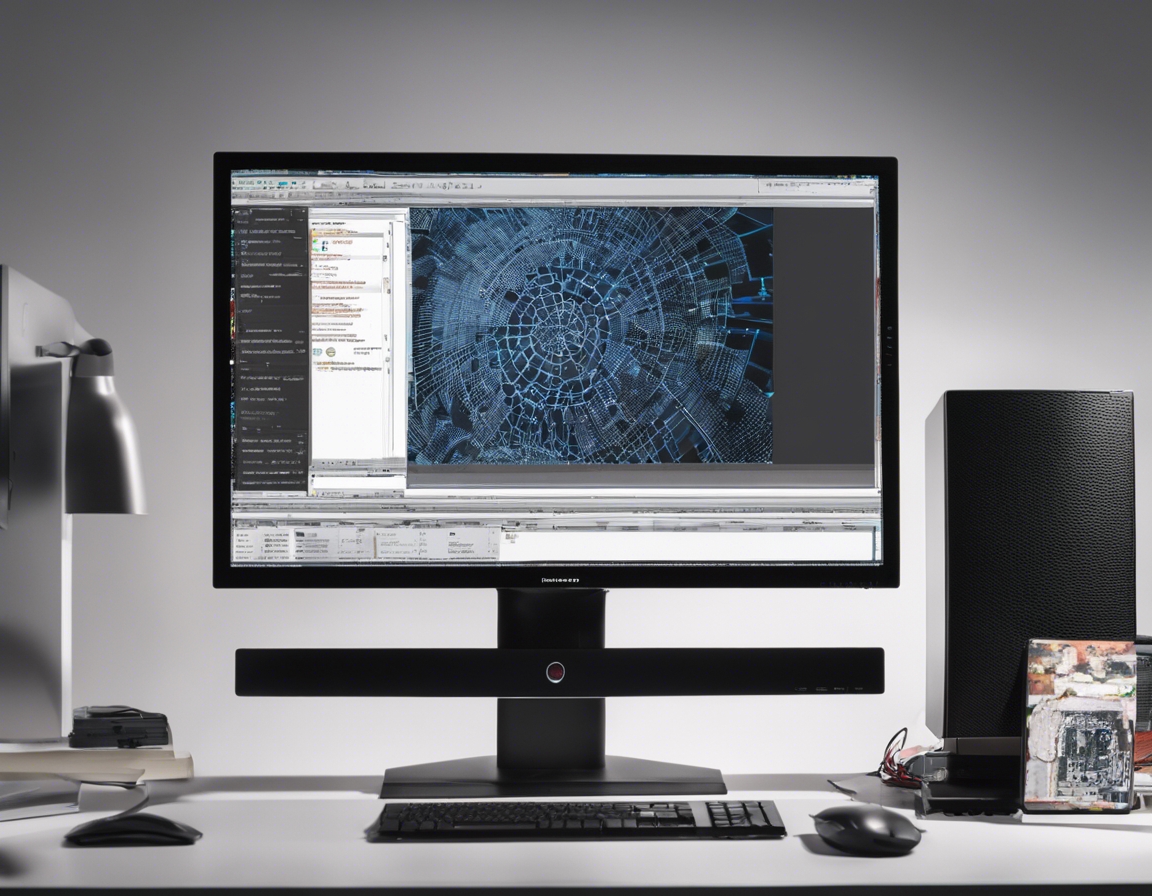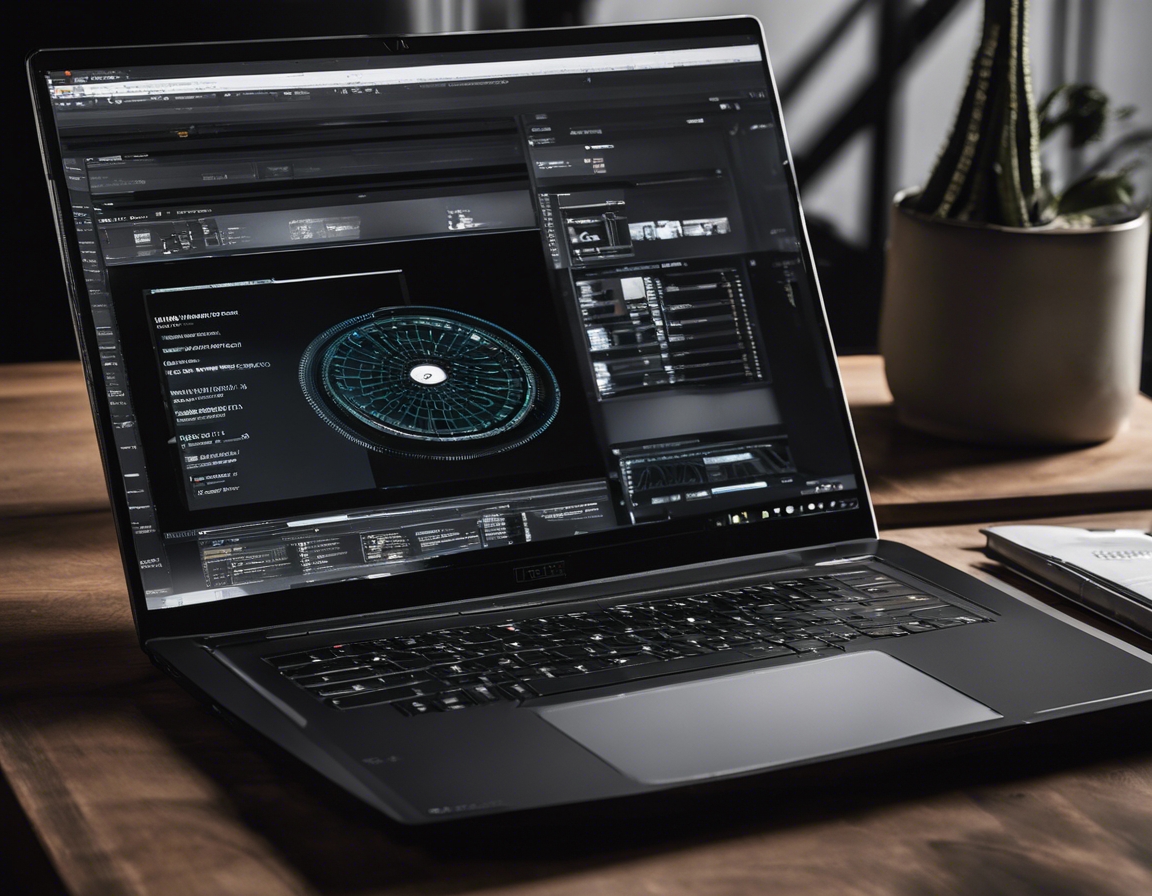5 ways cad/cam software transforms robotic engineering
Computer-Aided Design (CAD) and Computer-Aided Manufacturing (CAM) software are revolutionizing the field of robotic engineering. These powerful tools enable engineers to design, analyze, and manufacture complex parts and systems with unprecedented precision and efficiency. In this post, we'll explore five transformative ways CAD/CAM software is shaping the future of robotic engineering.
Enhanced Precision and Complexity in Design
CAD software allows for the creation of intricate designs that would be impossible to draft by hand. With advanced modeling capabilities, engineers can design complex components and robotic systems tailored to specific tasks. This level of customization is essential for the development of robots that can perform specialized functions in various industries.
Before a single component is manufactured, CAM software can simulate the entire production process. This includes stress tests and the ability to predict how the robot will behave in real-world scenarios. Such simulations ensure that the final product operates with the precision required for the tasks it's designed to perform.
Streamlined Prototyping and Production
The transition from a digital model to a physical prototype is seamless with CAD/CAM software. Rapid prototyping technologies like 3D printing work directly with CAD models to produce tangible prototypes quickly, allowing for fast iteration and refinement of designs.
CAM software directly interfaces with CNC machines, automating the production process and ensuring that parts are produced with exact adherence to the digital design. This integration is crucial for the mass production of robotic components with consistent quality.
Improved Efficiency and Cost-Effectiveness
With precise calculations and simulations, CAD/CAM software minimizes material waste during production. This not only reduces costs but also promotes sustainable manufacturing practices.
By streamlining the design and manufacturing processes, CAD/CAM software significantly reduces the time and resources required to bring a robotic system to market. This efficiency translates to cost savings and a quicker return on investment for companies.
Collaboration and Integration Across Disciplines
The use of CAD/CAM software facilitates collaboration among mechanical engineers, electrical engineers, and software developers. This interdisciplinary approach is essential for the development of complex robotic systems that incorporate multiple technologies.
CAD/CAM tools can be integrated with other software used in the engineering process, such as PLM (Product Lifecycle Management) systems. This integration ensures that all stakeholders have access to up-to-date information and can work together effectively throughout the product's lifecycle.
Advancements in Customization and Scalability
Robotic engineering often requires bespoke solutions. CAD/CAM software enables the creation of custom parts and systems that meet the unique needs of each project, regardless of complexity.
As demand for robotic systems grows, the ability to scale production efficiently is paramount. CAD/CAM software provides the tools necessary to scale up manufacturing processes while maintaining quality and precision.





Comments (0)